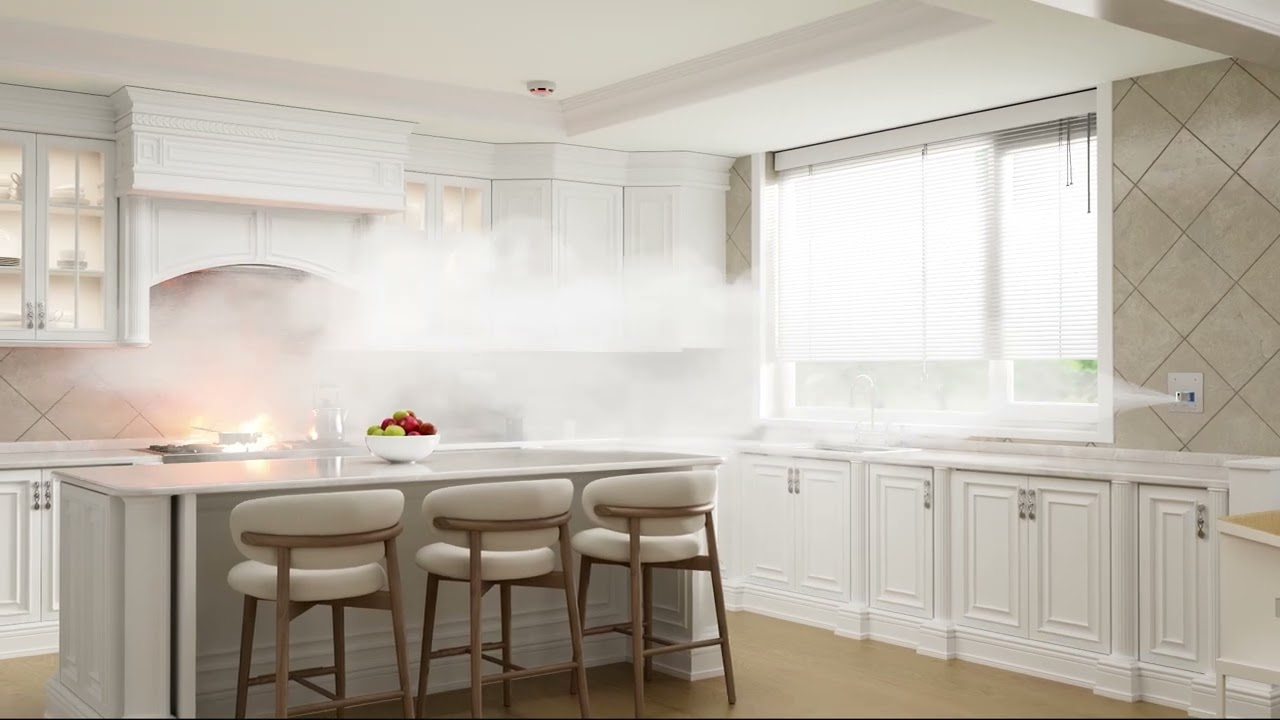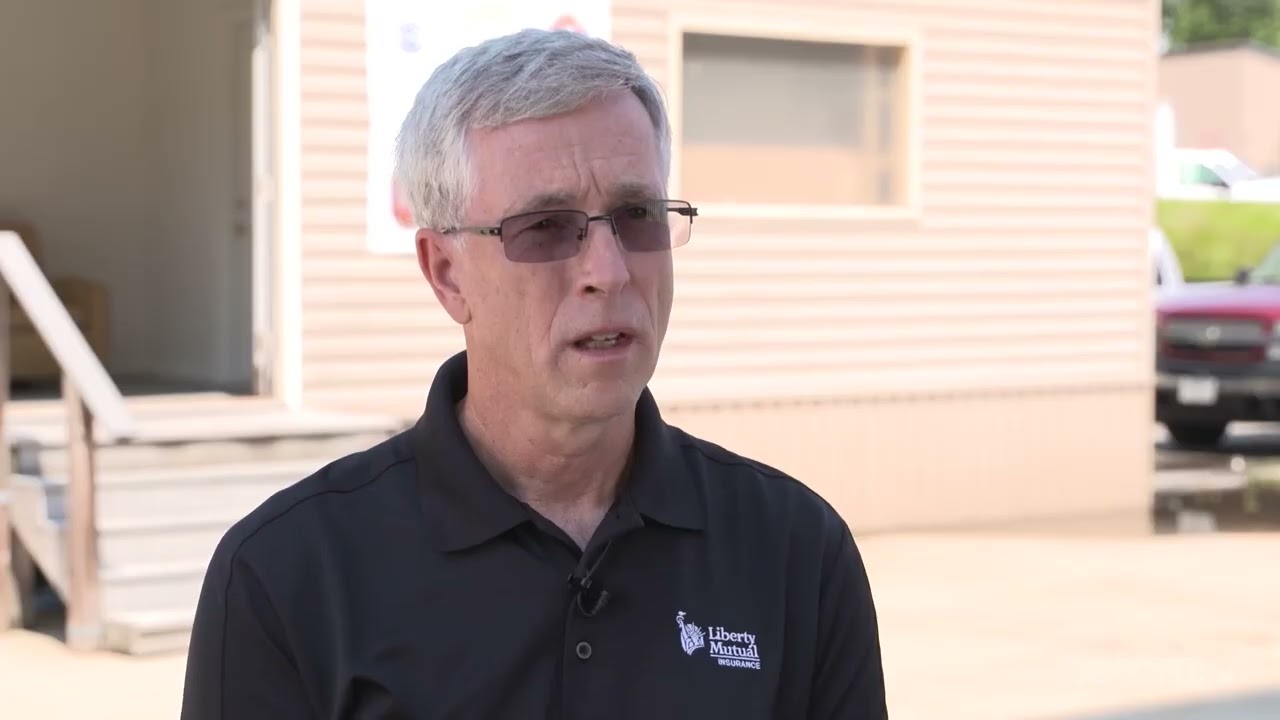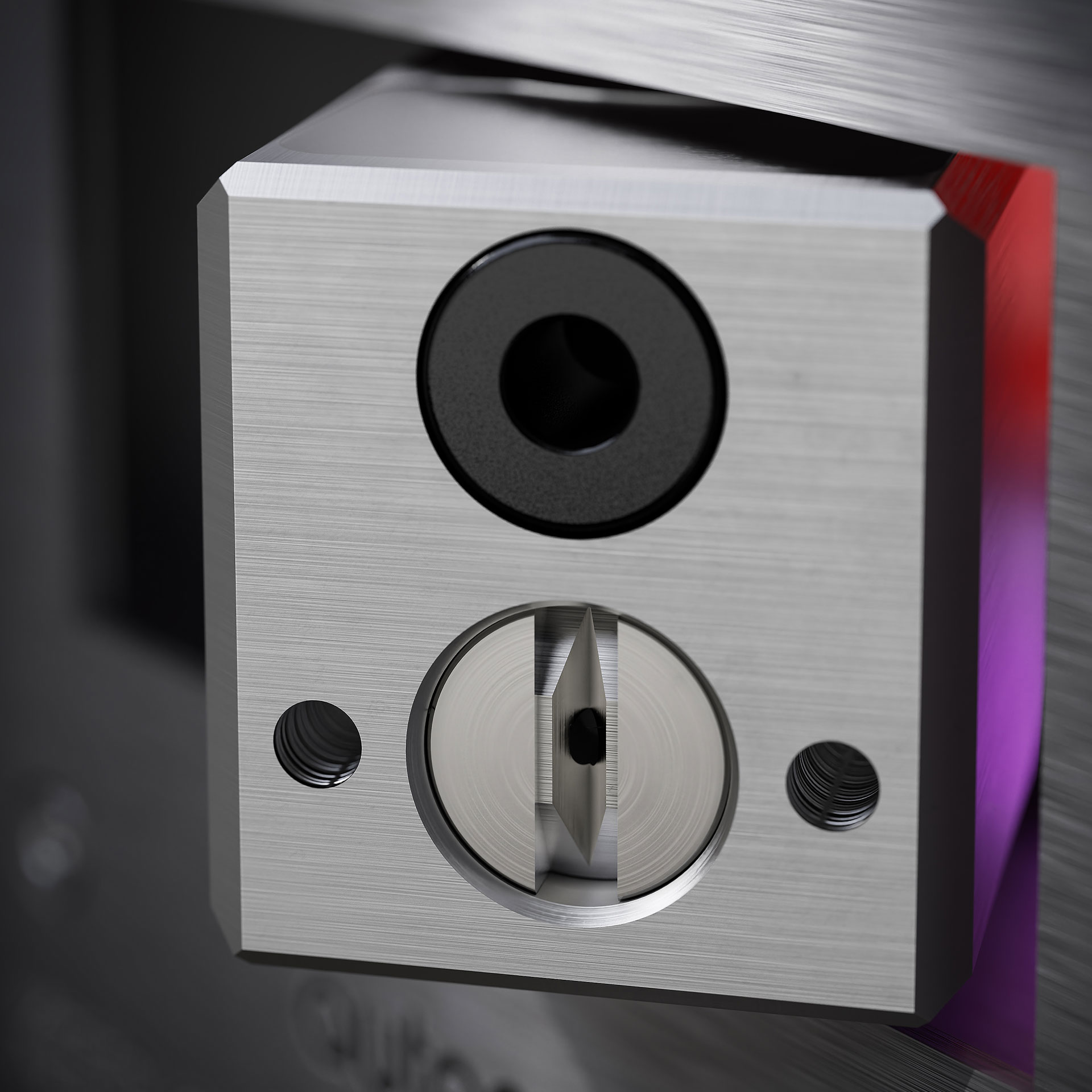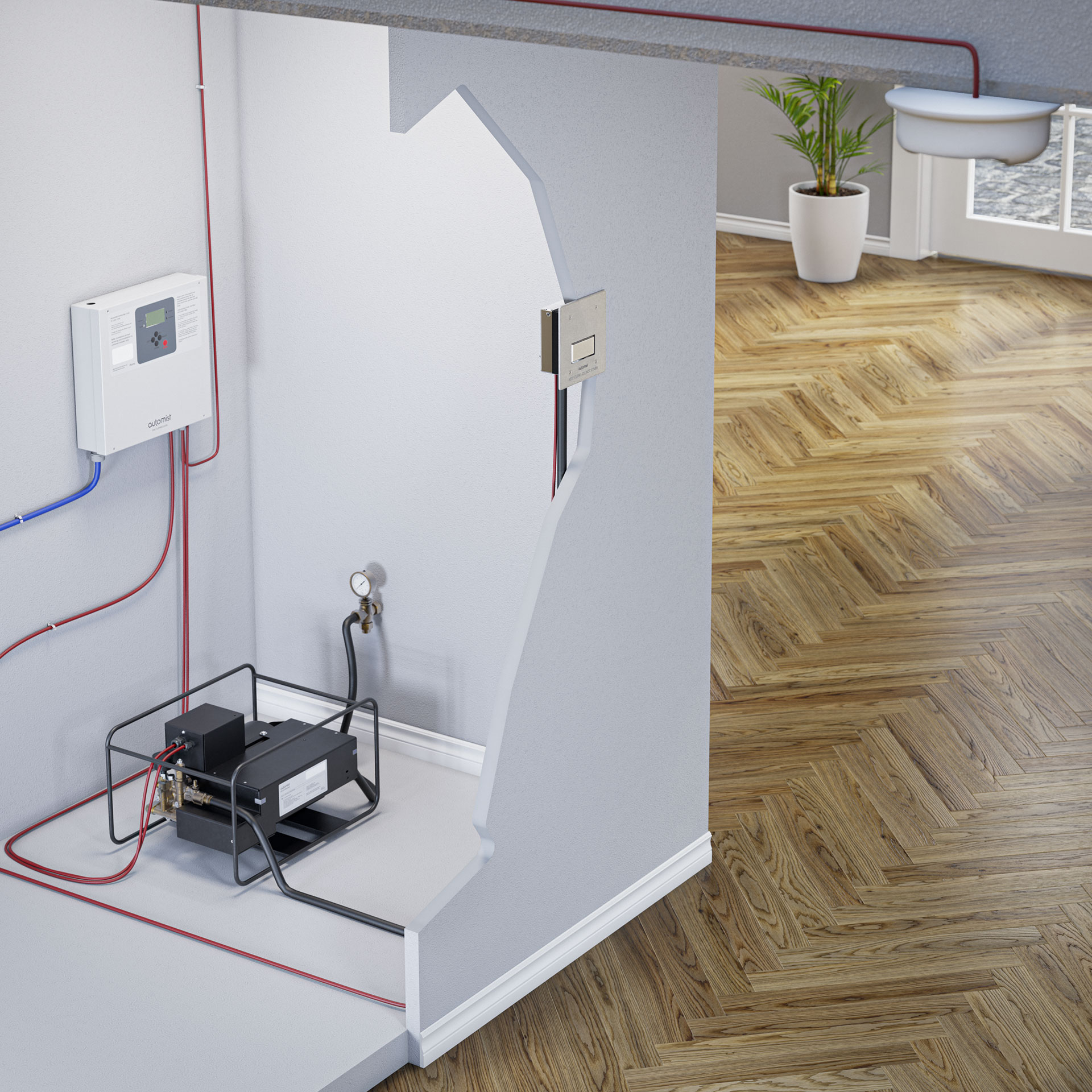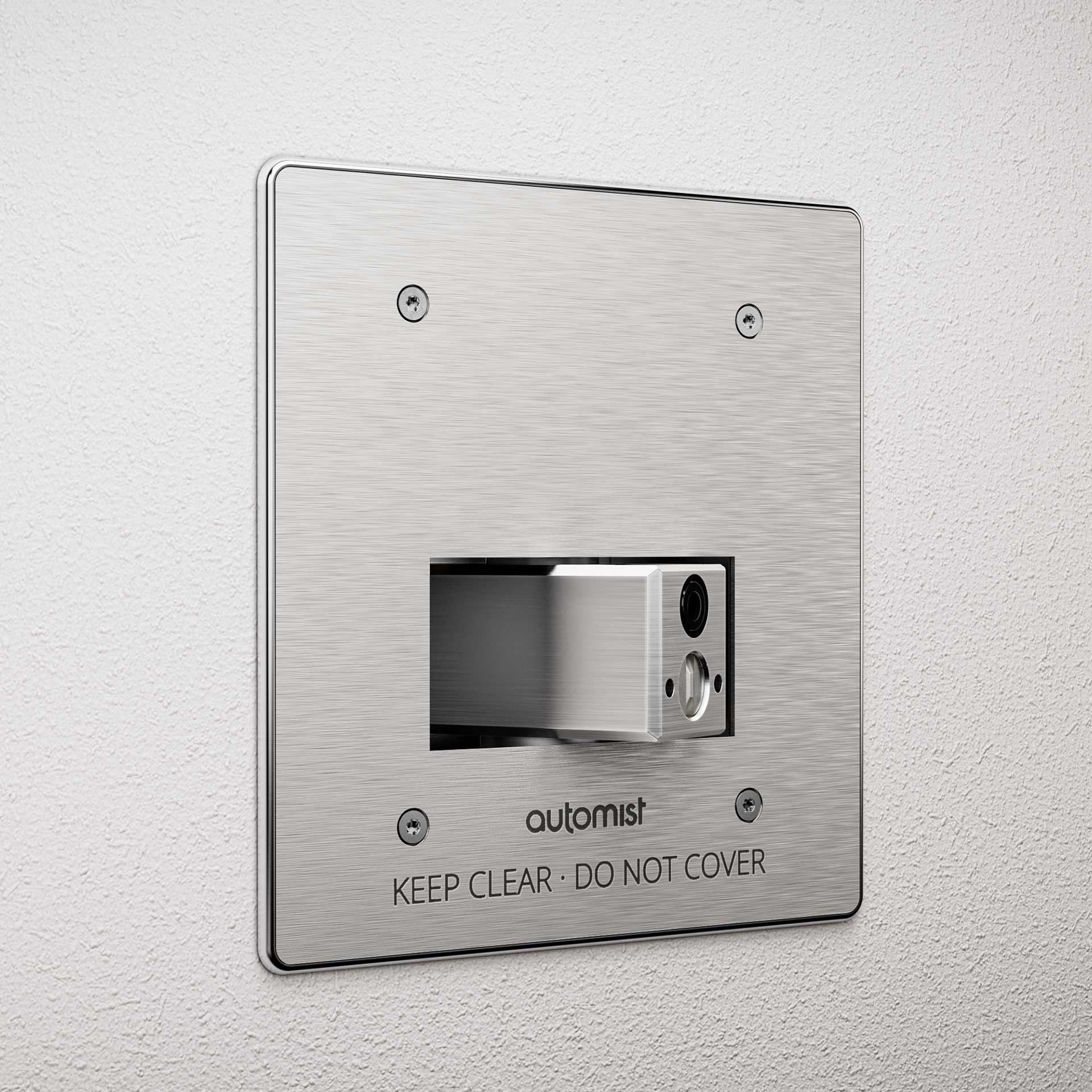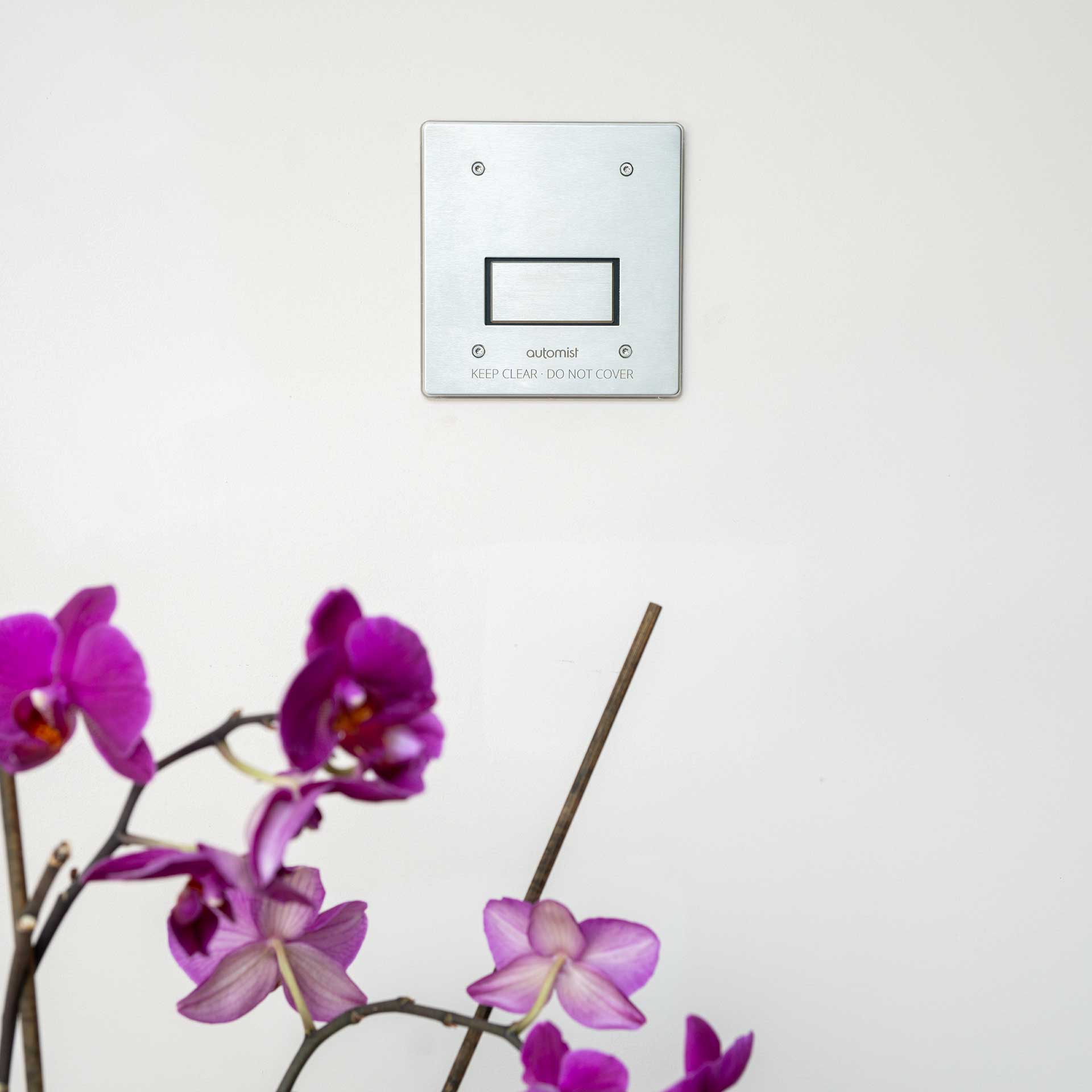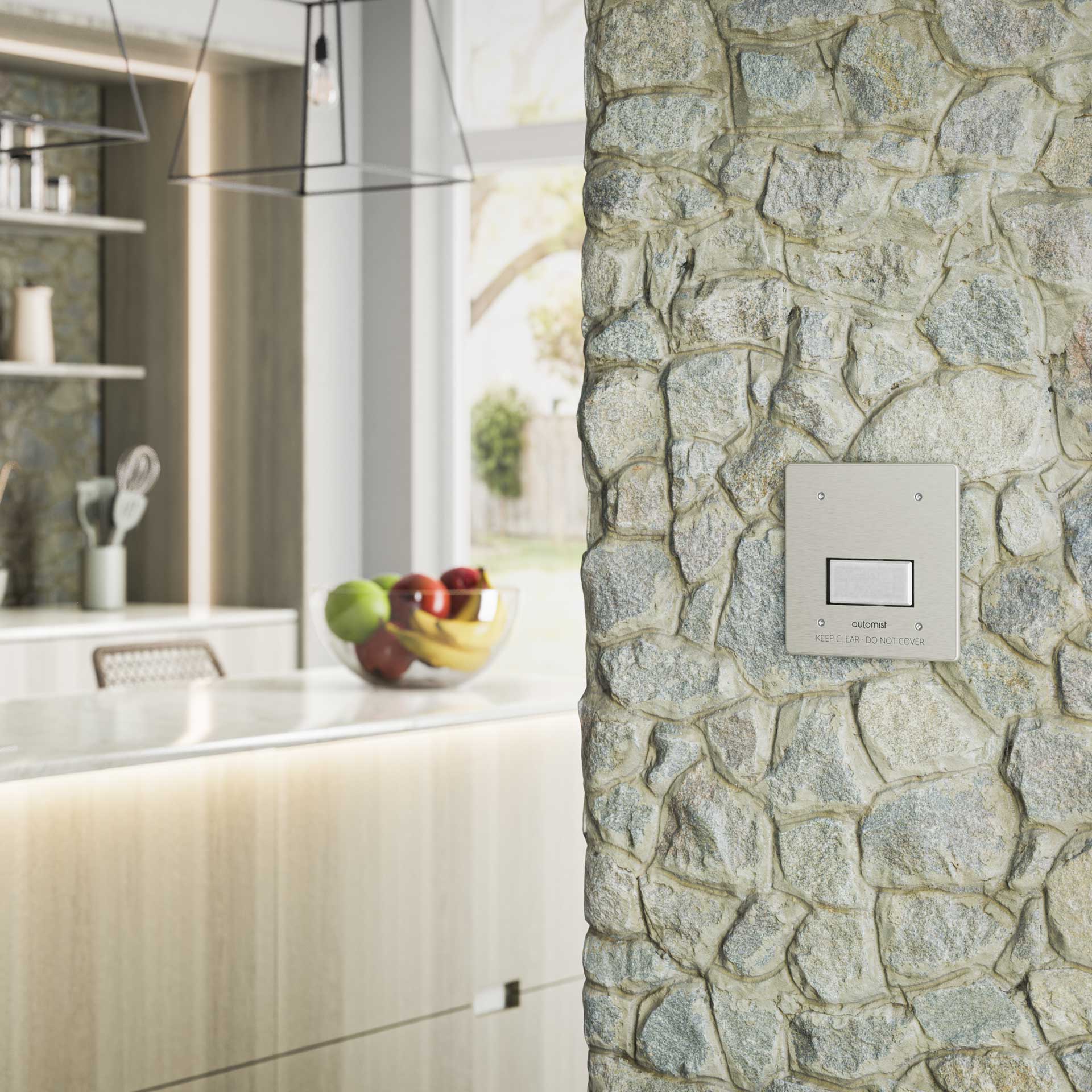
Automist protects more than property—it safeguards lives, memories, and the things too precious to lose. Designed to respond like a firefighter, Automist activates faster, targets the fire at its source, and uses 90% less water—minimizing both fire and water damage1.
Its award-winning, wall-mounted design blends effortlessly with any décor and connects to your existing mains water supply—no tanks, pipework upgrades, or bulky equipment required.
Why Automist
Testimonials
The world's first targeted residential watermist fire protection system to gain third-party certification under UL2167A . This makes it easy for Authorities Having Jurisdiction (AHJs) to approve Automist as an alternative to 13D sprinkler systems for meeting building codes both in the U.S. and internationally.
Secure your installation with a local installer
We’re currently onboarding companies across the U.S., expanding access to Automist’s smart fire protection nationwide.
1. 2-14x faster than a concealed fire sprinkler as per 'Replicating the activation time of electronically controlled watermist system nozzles in B-RISK published' in the Fire Safety Journal 22nd April 2022. Automist is dry pipe until it operates, and when it does it has a flow rate of 9 litres per minute (2.37 gpm) and an inlet pressure (dynamic) of 1 – 3 bar (14.5 – 43.51 Psi). Automist uses 24 gallons in 10 minutes and a fire sprinkler uses 240 gallons in 10 minutes based on 2 heads each with a flow of 12 gpm per head.

